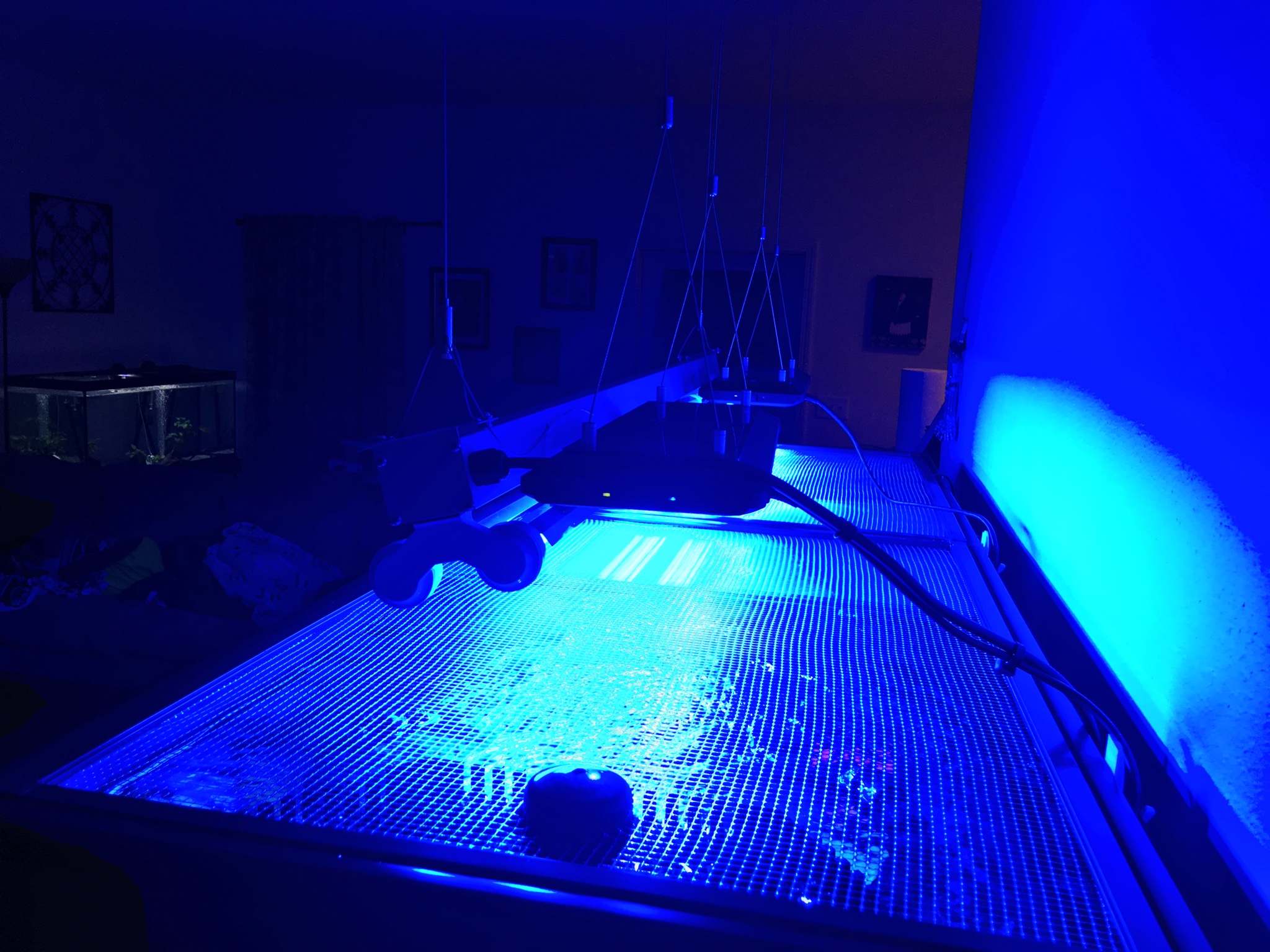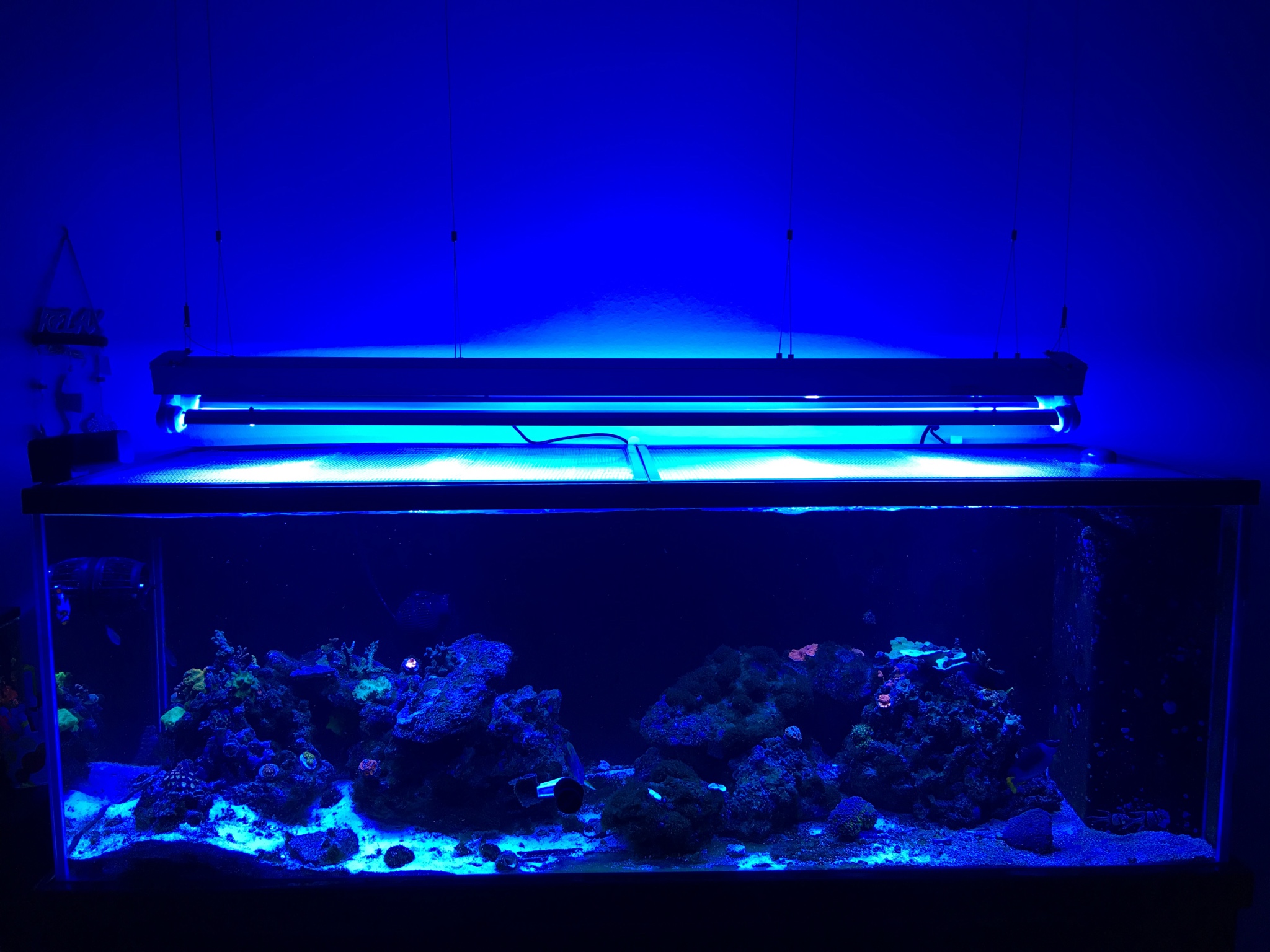I dont know about a lot more heat mine are barely warm to touch definitely not able to heat up a small closet much less a whole room.... Maybe the older LED fixture use less watts(and grow less coral) but the new ones pretty much use more watt or equivalent to T5... XR30w doesnt stand for 30w that beast uses up to 190w.. I would also guess it probably gets as warm as a t5.
Well I was over driving mine with the Ice Cap but they put out a lot more heat and use more power than my LED's for sure I have run an amp readigs on all my lights




















